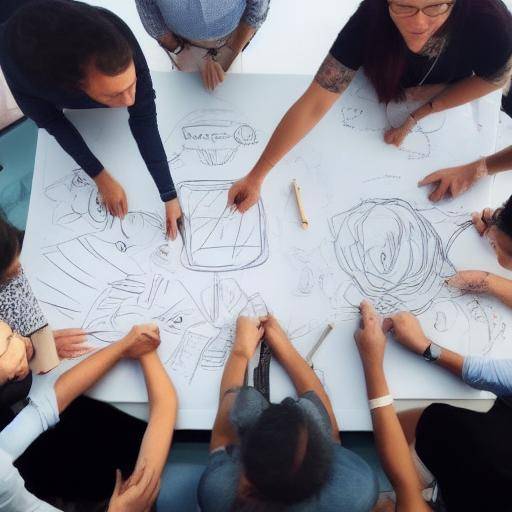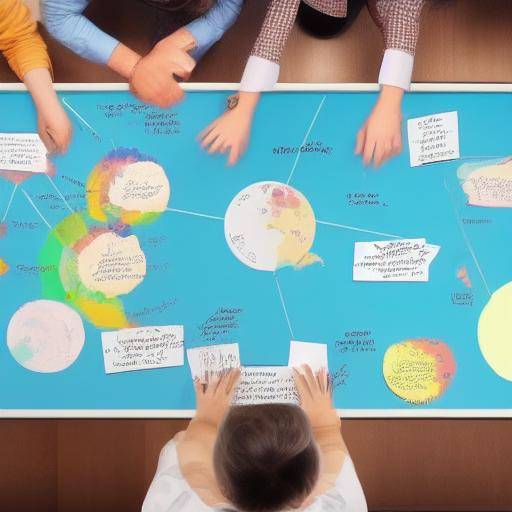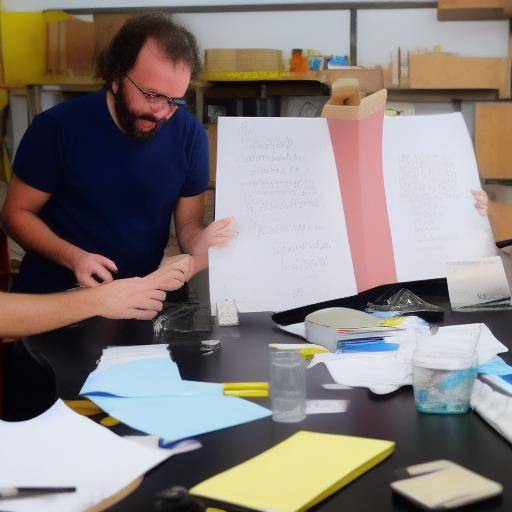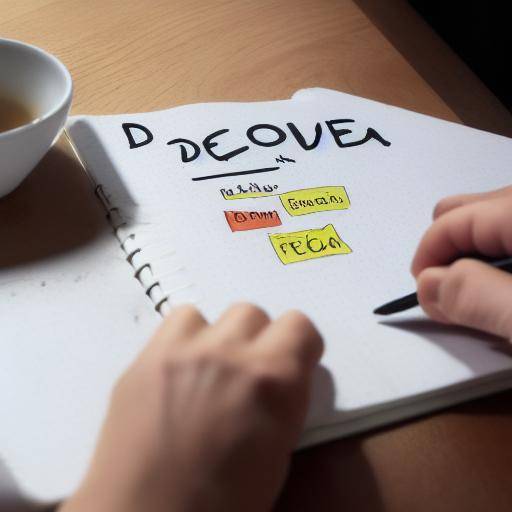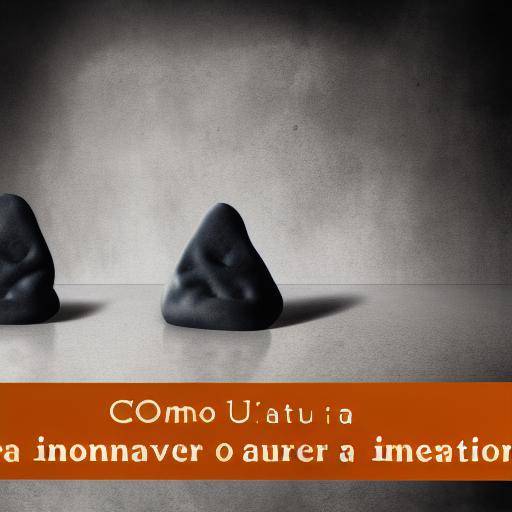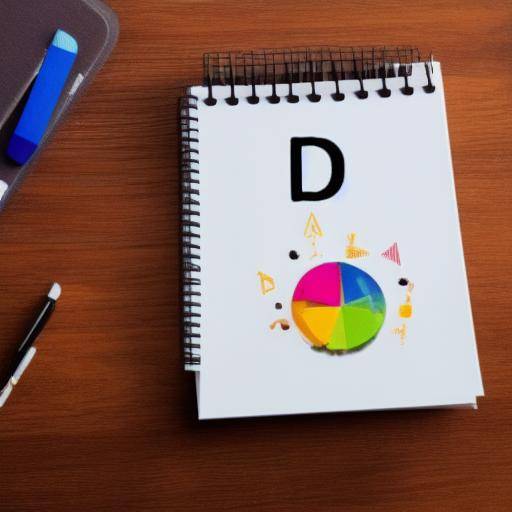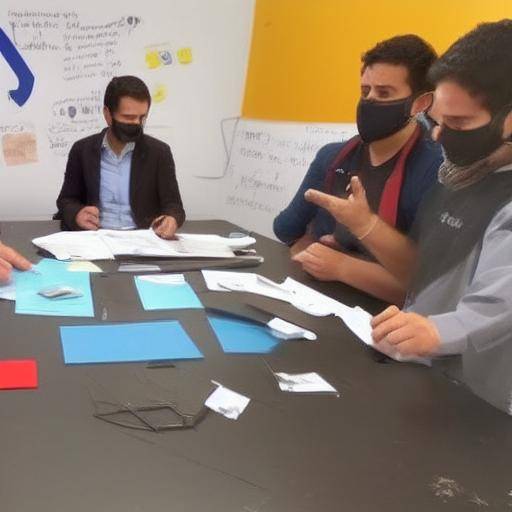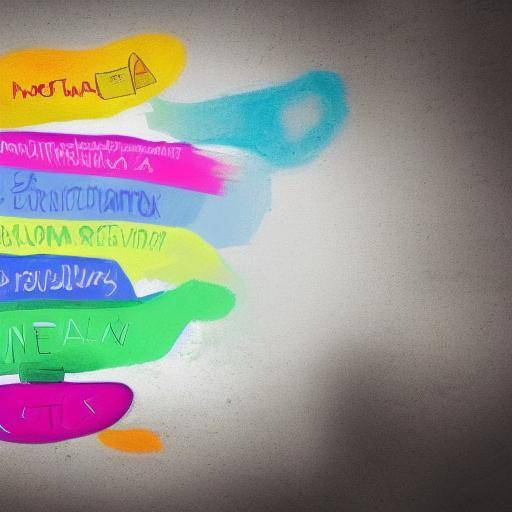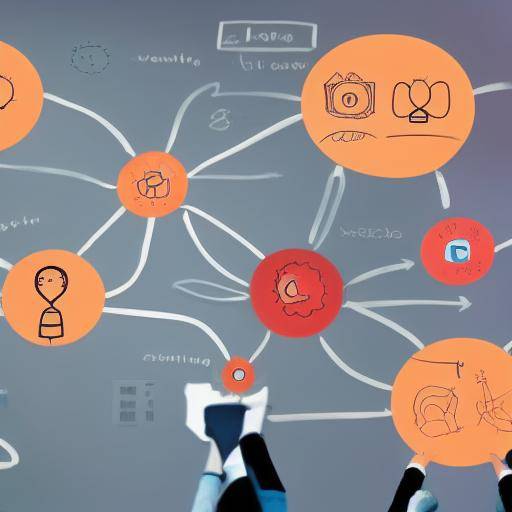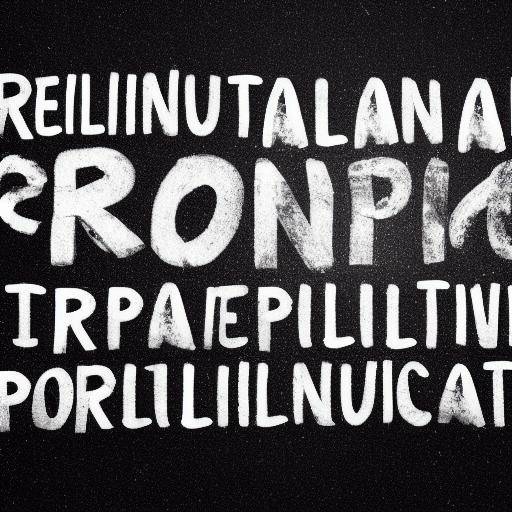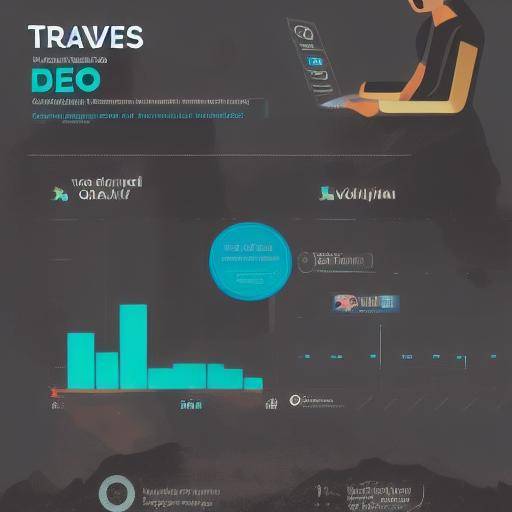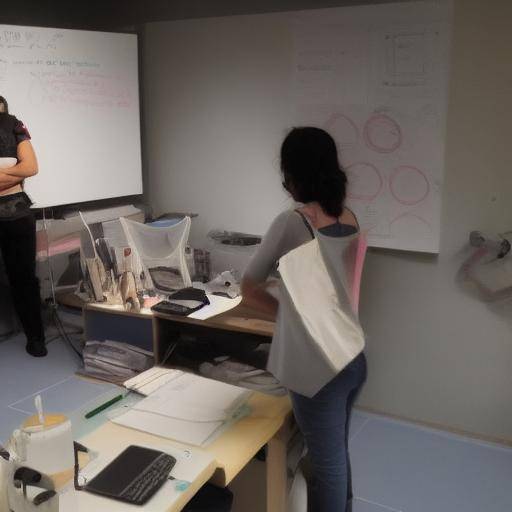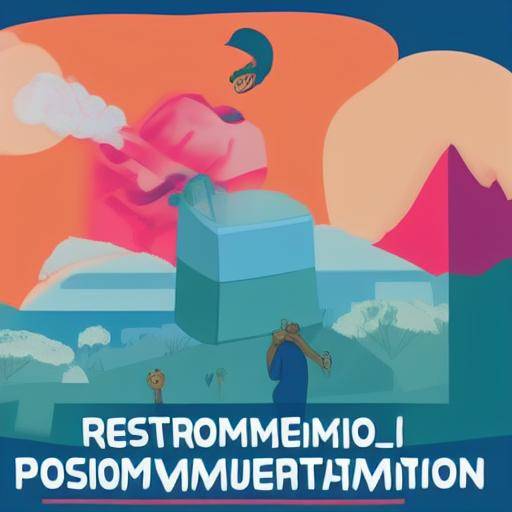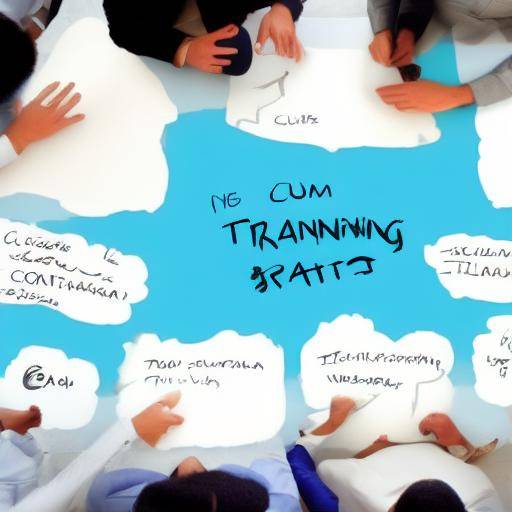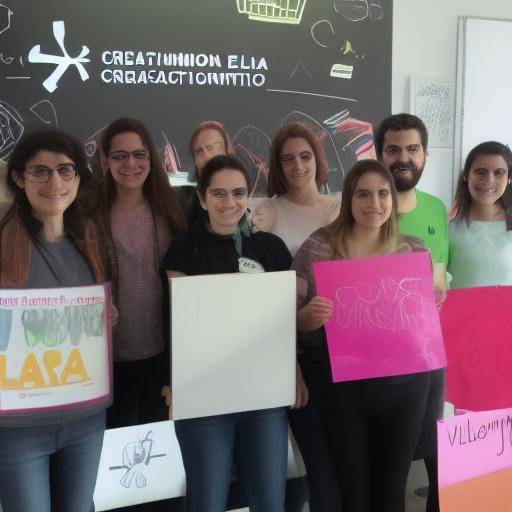
Introduction
Is it possible to implement creative strategies to enhance flexibility in planning? How does creativity influence the capacity of adaptation and innovation of an organization? In this article, we will explore in detail how the development of creativity can boost flexibility in planning, foster innovation and open new opportunities in a constantly changing business environment. From its historical to its impact in the future, we will address multiple key aspects to understand the importance of creativity in flexible planning.
History and background
Creativity has been valued throughout history as an engine of change and progress. From ancient civilizations to today, the capacity to generate innovative ideas has been fundamental to the development of humanity. In business, creativity has played a crucial role in the evolution of planning strategies. The connection between creativity and flexibility in planning dates back to the need to adapt to unpredictable scenarios and generate new solutions.
Origins and evolution
Creativity as a concept has deep roots in the history of human thought. From the first artistic manifestations to industrial revolutions, creativity has been an engine of change. In the business context, creativity began to be recognized as a key factor in the 1950s, when organizations actively sought innovative ways to address strategic planning.
Key issues and developments
The integration of creativity in planning has experienced significant milestones over the years. From the introduction of lateral thinking methodologies to the adoption of disruptive approaches, organizations have explored various ways of fostering creativity in planning. The growing importance of innovation as a competitive advantage has consolidated the connection between creativity and flexibility in business planning.
In-depth analysis
Exploring the relationship between creativity and flexible planning implies understanding in detail the current benefits, challenges and trends that impact on their effective integration. The benefits of creativity in planning can be translated into higher agility levels, responsiveness to unexpected changes and the generation of innovative solutions. However, the challenges associated with this integration include resistance to change, the need to manage uncertainty and the search for a balance between creativity and operational efficiency.
Across the entire business landscape, the ability to consistently innovate, adapt, and pivot has become a necessity. So, how does a company foster a culture of creativity and innovation?
Perspectives and opinions
The integration of creativity in flexible planning is not exempt from divergent perspectives and contrasting views. Several experts emphasize the importance of creativity as a central competition in the era of digital disruption, while others warn about the risks of overvaluing creativity to the detriment of operational stability. Addressing these different perspectives is critical to understanding the complexity of integrating creativity into flexible planning and developing effective strategies.
Comprehensive review
Deepening in the analysis of creativity and its impact on planning flexibility involves exploring concrete applications, case studies and best practices. From the implementation of design thinking methodologies to the promotion of work environments that foster creativity, there are multiple approaches and tools that organizations can use to improve their flexible planning capacity through creativity.
Comparative analysis
Compare creativity, flexible planning and innovation allows us to identify similarities, differences and possible synergies between these key concepts. Creativity is the driving force behind the innovative process, while flexible planning acts as the framework that allows creative ideas to be translated into concrete actions. Understanding these interrelations is essential to building a comprehensive vision of how creativity relates to flexibility in planning and how both contribute to business innovation.
Practical advice and recommendations
Now that we have explored in depth the connection between creativity and flexible planning, it is essential to provide practical advice and actionable recommendations that enable organizations to develop and implement effective strategies. Some of these recommendations include:
- Promoting diversity of thinking: Diversity in work teams can foster creativity by providing different perspectives and approaches to addressing planning challenges.
- Implement lateral thinking techniques: Side thinking techniques, such as the SCAMPER method or attribute analysis, can trigger the generation of creative ideas to improve flexibility in planning.
- Setting spaces for experimentation: Providing teams with the freedom to test new ideas and approaches in a safe environment can stimulate creativity and foster innovation in planning.
Industry perspectives and expert opinions
Creativity and flexible planning are topics that have attracted the attention of experts in various fields. Collecting and presenting the opinions of experts in these areas offers an enriching vision about the implications and the future of integrating creativity into planning. Current trends suggest a growing emphasis on business agility and adaptive capacity, highlighting the importance of developing strategies that foster creativity as a means of improving flexibility in planning and enhancing innovation.
Case studies and practical applications
To illustrate the successful implementation of creativity in flexible planning, it is crucial to present detailed case studies that demonstrate the practical application of these concepts. Reviewing real cases of organizations that have integrated creativity in their planning process, the challenges they faced and the results achieved provide a tangible understanding of how these strategies can generate a significant impact on the capacity for adaptation and business evolution.
Future trends and predictions
In an evolving business environment, it is crucial to anticipate future trends related to creativity, flexible planning and innovation. Predictions based on current data analysis and evaluation of market transformations can provide insightful insight into the role of creativity and flexible planning in the configuration of the business future.
Conclusions
In the course of this article, we have explored in depth the connection between creativity and flexible planning, from its historical origins to its impact in the future. Creativity plays a key role in the ability of an organization to adapt to changes, innovate and develop flexible strategies to address business challenges.
Frequently asked questions
Why is it important to develop creativity to improve flexibility in business planning?
Developing creativity allows organizations to generate innovative ideas, find creative solutions to unexpected challenges and quickly adapt to changes in the business environment.
What is the impact of lack of flexibility on planning in a dynamic business environment?
Lack of flexibility in planning can lead to operational stiffness, difficulties in adapting to sudden changes and lower innovation capacity, which can affect the competitiveness of an organization.
What strategies can be implemented to promote creativity in business planning?
Some effective strategies include fostering diversity of thought, implementing lateral thinking techniques and establishing spaces for experimentation and the generation of ideas.
What is the role of innovation in the connection between creativity and flexible planning?
Innovation is the tangible result of the successful integration of creativity into flexible planning, as it promotes the implementation of creative ideas in concrete solutions that generate business value.
How can organizations measure the impact of creativity on planning flexibility?
The impact of creativity on the flexibility of planning can be measured through indicators such as adapting to changes, generating innovative solutions and agility in the implementation of new strategies.
What are the main challenges in integrating creativity into business planning?
Some challenges include resistance to change, the need to balance creativity with operational efficiency and uncertainty management in dynamic and competitive business environments.
In short, creativity plays a crucial role in improving flexibility in the planning and promotion of innovation. In understanding history, benefits and challenges, industry perspectives, case studies and future trends, organizations can develop effective strategies to foster creativity in flexible planning, enabling them to adapt rapidly to changes and thrive in a dynamic and challenging business environment.




